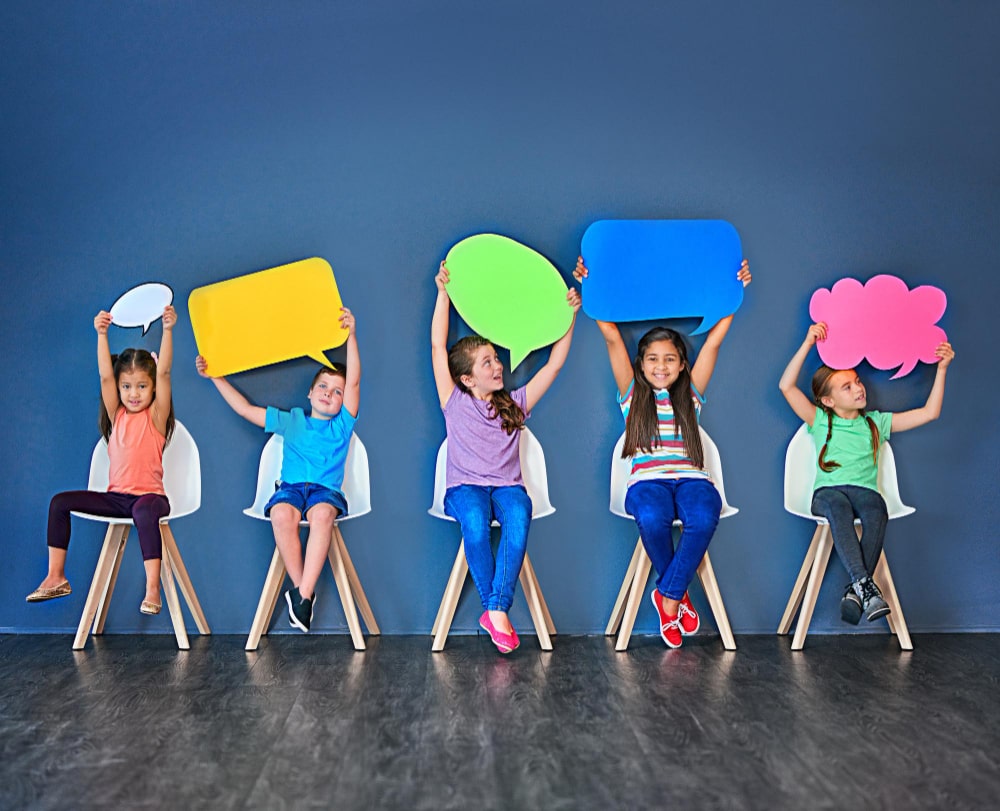Everything you need to know about Social Emotional Learning (SEL)
Social Emotional Learning (SEL) is an important concept for both educators and parents to understand. It is a process that helps children and adults develop the skills they need to recognize and manage their own emotions, set and achieve positive goals, feel and show empathy for others, establish and maintain positive relationships, and make responsible decisions. Through SEL, students learn how to understand themselves, form meaningful relationships, and make positive decisions. In this blog post, we will discuss the benefits of SEL, how to implement it in the classroom, and the impact SEL has on student success.
What is Social Emotional Learning (SEL)?

Social Emotional Learning (SEL) is a process through which individuals of all ages can develop the skills they need to recognize and manage their emotions, understand social cues, empathize with others, set and reach goals, build healthy relationships, and make responsible decisions. This process includes both understanding and utilizing knowledge, attitudes, and skills related to personal, social, and emotional development.
SEL is different than traditional academic learning because it focuses on the whole person – their thoughts, feelings, and behavior – in order to help them grow into healthy, confident individuals. This means that SEL takes into account each person’s unique experiences, values, and culture when developing skills for self-awareness, self-management, social awareness, relationship skills, and responsible decision-making.
SEL is often taught through activities that foster empathy, kindness, problem-solving, collaboration, communication, and other important social and emotional competencies. It can also be implemented through various strategies such as mindfulness practice, positive affirmations, role-playing, journaling, reflective conversations, and peer mediation.
When properly implemented, SEL has been shown to help students become more successful in school, create a more supportive learning environment, improve relationships between teachers and students, decrease behavioral issues and mental health problems, and equip students with life skills that will help them succeed in all aspects of life.
The benefits of SEL
Social and emotional learning (SEL) is a process that helps students develop the knowledge, attitudes, and skills they need to manage their emotions, set and achieve positive goals, feel and show empathy for others, establish and maintain positive relationships, and make responsible decisions. When effectively taught and practiced, SEL can have powerful effects on students of all ages.
For starters, SEL helps students better understand their emotions. Through SEL activities, they learn how to identify and express their feelings in an appropriate manner. This increased emotional awareness can lead to improved self-esteem and more effective problem-solving skills. As students learn to understand and regulate their emotions, it allows them to become more resilient in the face of life’s challenges.
SEL also promotes healthy relationship building. By teaching students to recognize and respect different perspectives, values, and beliefs, SEL creates an environment where all students feel safe and valued. Additionally, SEL activities provide an opportunity for students to practice communication and collaboration skills which are essential for building strong relationships with peers and adults.
Finally, SEL helps to create a positive learning environment. Studies show that when students feel safe, supported, and valued in the classroom, they are more likely to engage in their learning. And with greater engagement comes improved academic performance. In fact, research has linked SEL to higher test scores, increased graduation rates, and lower disciplinary referrals.
In short, SEL offers many benefits that can help students succeed in school and in life. From increased self-awareness to improved social skills, SEL activities can empower students to make positive choices and lead healthier lives.
How to implement Social Emotional Learning (SEL) in the Classroom

Social Emotional Learning (SEL) is an important part of helping students develop the skills to succeed in school and in life. SEL helps students learn how to interact with others, manage their emotions, and become productive members of society. Here are some tips for implementing SEL in the classroom.
#1 Incorporate SEL into Instruction
SEL should not be seen as a separate activity, but rather it should be integrated into the daily curriculum. For example, activities such as role-playing and problem-solving can help students practice empathy and cooperation.
#2 Model Appropriate Behavior
Teachers should model respectful and empathetic behavior when interacting with students. This will demonstrate that these types of behavior are valued and expected.
#3 Foster Meaningful Relationships
Creating an environment that values collaboration and trust is key for successful SEL instruction. Encourage students to work together to solve problems and celebrate success.
#4 Utilize technology
Technology can be used to promote SEL in the classroom. Utilize digital tools such as videos, online simulations, and virtual reality experiences to help engage students in social-emotional learning.
#5 Give Feedback
Providing students with both positive and constructive feedback is important for fostering self-awareness and self-management. Make sure that any feedback you give is clear and specific so that students can learn from it.
By implementing SEL in the classroom, you can help foster a positive learning environment where students can thrive emotionally and academically.
Tips for promoting Social Emotional Learning (SEL) at home

With the right support, children can develop social and emotional skills that will serve them well in their academic and professional lives. There are many ways to help foster these important qualities at home. Here are some tips to help you promote Social Emotional Learning (SEL) in your home:
#1 Lead by Example
It’s important for parents to model appropriate behavior and demonstrate the importance of expressing emotions and dealing with challenges.
#2 Establish a Routine
Routines provide structure and consistency, both of which can help kids learn and practice their SEL skills.
#3 Talk Openly
Open conversations between parents and children provide opportunities for kids to practice communication, problem-solving, and empathy.
#4 Encourage Positive Self-talk
Help your child practice positive self-talk by recognizing their successes, praising their efforts, and focusing on strengths.
#5 Provide Meaningful Feedback
It’s important to provide positive reinforcement when your child displays positive behaviors and constructively addresses negative behaviors.
#6 Celebrate Diversity
Helping your child understand and accept people who are different from them is an important part of promoting SEL.
#7 Be patient
As with any learning process, promoting SEL requires patience and dedication. It may take time for your child to build their emotional intelligence, but it’s worth the effort!
15 Fun Social Emotional Activities for Preschool & Kindergarten
Conclusion
Social and emotional learning is an important part of a student’s development. By teaching students how to recognize and manage their emotions, how to make good decisions, how to communicate effectively, and how to develop healthy relationships, SEL promotes emotional intelligence in students and helps them to become more self-aware, resilient, and successful. Through social and emotional learning, we can help our students to thrive and reach their fullest potential.





